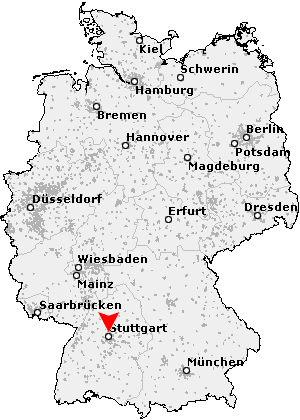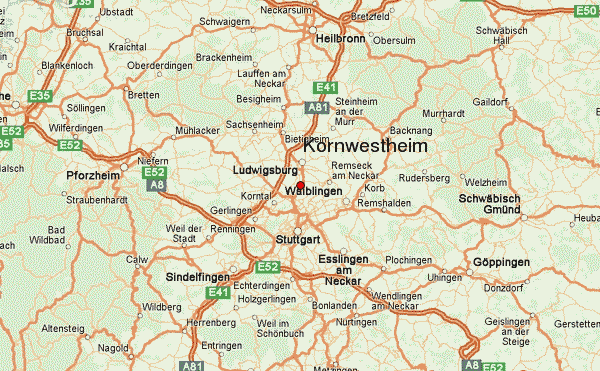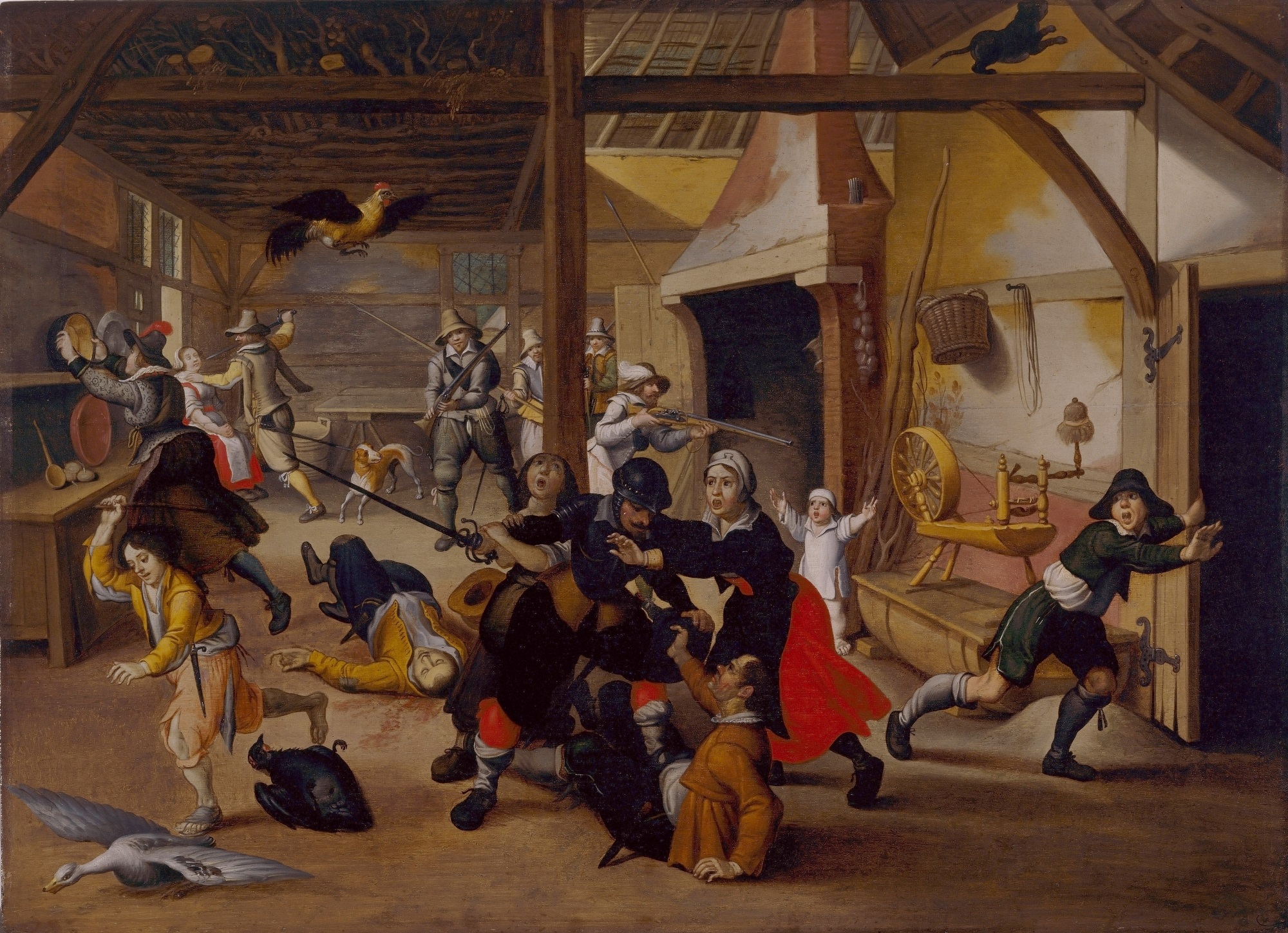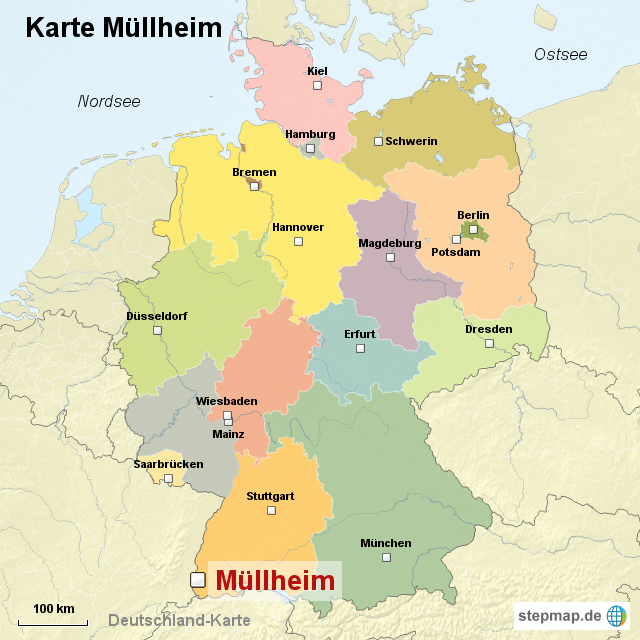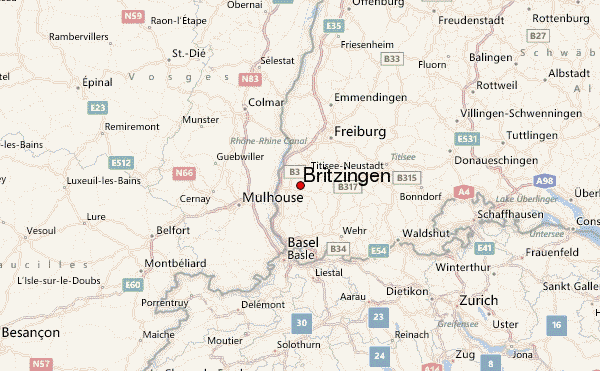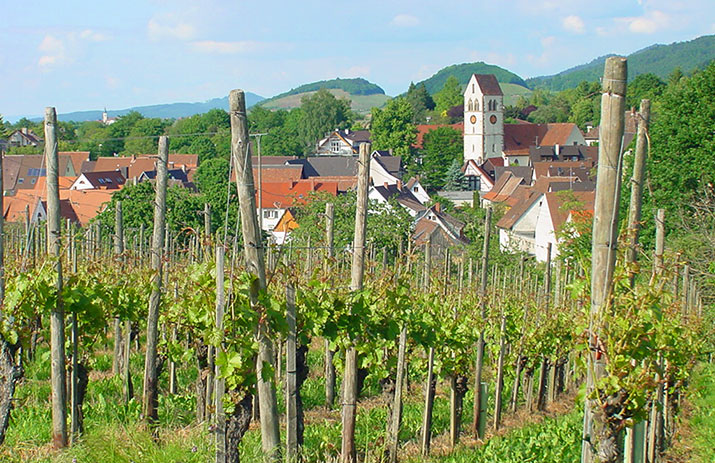As promised, I'd like to compare the oldest Schochenmaiers with the oldest Schachenmayrs. It could be a clue!
Sorry for anticipating, but my results, I think so, can even complicate our research. I am not sure that we progress)))
Let's have a look. I have stumbled upon a very interesting family: Sara Schachenmeyerin, born in 1662 in Gingen, to Isaac Schachenmeyer and Agnes Kohnin, married to Michaeel Hummel (Michael Hommel) on 12th April 1692 in Gingen and died on 30th November 1742 in Gingen as well.
1. Why the family name is changed?
As you can see, Isaak's last name is Schachenmeyer, while Sara's name is Schachenmeyerin. It's not a problem at all. In the Southern Germany until the 18th century (and in the Bavarian dialect till now!) the female family names got ending -in. That's why Sara's mum is called Kohnin, if so, her dad was just Kohn. Linguistically, it's not proven if such an ending is originally Germanic or likely Slavic (Bavaria was earlier inhabited by proto-Czech people). In Russian, for example, Mr. Putin's wife should be named "Putina".
2. Are these Hebrew names?
I must confess that in the post on the oldest Schochenmaiers, I didn't notice that Leopold (1620s-1630s) sounded pretty Jewish, although his daughter (1652) Maria's name is to be neutralized. I have found the following information:
If Leopold was really Jewish name, then it was already secularized in the Enlightenment (17th century) ...
But here, with Isaac and Sara, it's more than obvious that both of them sound very Jewish and it cannot be accidentally. We have no idea if the Schochenmeyers and the Schachenmeyers had been realtives to each other, but the last ones were ethnically more Jewish. If the first ones had been of Jewish origin too, then we should take up a question that two families of the Schochs and of the Maiers could be Jews. I think it's worth of the whole new post on our blog, I will notice it for me to discuss it later.
By the way, if Sara Schachenmeyerin was born in 1662, then her father Isaac Schachenmeyer should be born between 1630s-1640s. Almost no difference to Maria (1652) and her father Leopold (1620s-1630s). So, we may conclude, that the oldest SchOchenmeyers and the oldest SchAchenmeyers appear in the available archives at the same time period. It's, however, impressive!!!
The time is OK, but what about the place?
3. Where is Gingen?
Today Gingen is called Gingen an der Fils (Gingen on the Fils, where Fils is a river near to Bavaria!). Here's the map:
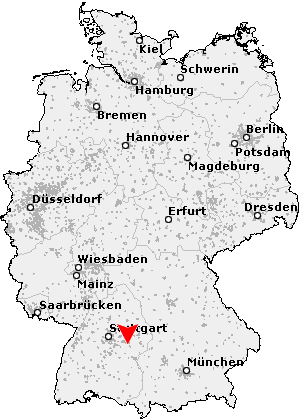
Gingen an der Fils is a town in the district of Göppingen in Baden-Württemberg in southern Germany.

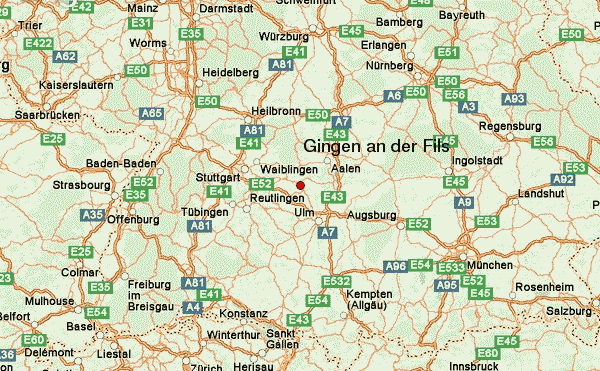



Sara Hummel (nee Schachenmeyerin) got children as follows:
Georg (1695-1696)
Michael (1697-1697)
Michael (1698-????)
Johannes (1701-1768)
Agnes (1705-????),
Geographically, we observe one center in Britzingen in the 17th century with Leopold and Maria and the second center around Stuttgart-Heilbronn (Kornwestheim, Neckarsulm, Gingen an der Fils, Ludwigsburg) in the 17th-19th centuries.
I am only frightened of one thing... What if there had been a small spelling mistake in any records and now we trip over ourselves? I mean the SchAchenmeyers were actually the SchOchenmeyers. What if the Schochenmeyers were from the Schochs+Maiers origin and the Schachenmayrs were of professional or topographic origin? And we had been two different families... But how can we differentiate who was who?
I have no idea ))) As for the New World, lots of Schachenmeyers are to be found in Nebraska, U.S. What does it mean? Are they our relatives?
Show must go on! In the next post I will present the second oldest SchAchenmaiers.
Sorry for anticipating, but my results, I think so, can even complicate our research. I am not sure that we progress)))
Let's have a look. I have stumbled upon a very interesting family: Sara Schachenmeyerin, born in 1662 in Gingen, to Isaac Schachenmeyer and Agnes Kohnin, married to Michaeel Hummel (Michael Hommel) on 12th April 1692 in Gingen and died on 30th November 1742 in Gingen as well.
1. Why the family name is changed?
As you can see, Isaak's last name is Schachenmeyer, while Sara's name is Schachenmeyerin. It's not a problem at all. In the Southern Germany until the 18th century (and in the Bavarian dialect till now!) the female family names got ending -in. That's why Sara's mum is called Kohnin, if so, her dad was just Kohn. Linguistically, it's not proven if such an ending is originally Germanic or likely Slavic (Bavaria was earlier inhabited by proto-Czech people). In Russian, for example, Mr. Putin's wife should be named "Putina".
2. Are these Hebrew names?
I must confess that in the post on the oldest Schochenmaiers, I didn't notice that Leopold (1620s-1630s) sounded pretty Jewish, although his daughter (1652) Maria's name is to be neutralized. I have found the following information:
Secular names (Adolf, Albert, Alexandra, Benno, Elisabeth, Fritz, Leopold)
All of the above names are legal names; in accord with the laws of Hilchot Gitin, rabbis would normally require that the La'az (Yiddish or secular) names be used in a Get together with the Hebrew (Primary) name with which they normally form a Hebrew double name. All names are called Legal names, regardless of their origin, and are frequently called "Hebrew-equivalent" names.
If Leopold was really Jewish name, then it was already secularized in the Enlightenment (17th century) ...
But here, with Isaac and Sara, it's more than obvious that both of them sound very Jewish and it cannot be accidentally. We have no idea if the Schochenmeyers and the Schachenmeyers had been realtives to each other, but the last ones were ethnically more Jewish. If the first ones had been of Jewish origin too, then we should take up a question that two families of the Schochs and of the Maiers could be Jews. I think it's worth of the whole new post on our blog, I will notice it for me to discuss it later.
By the way, if Sara Schachenmeyerin was born in 1662, then her father Isaac Schachenmeyer should be born between 1630s-1640s. Almost no difference to Maria (1652) and her father Leopold (1620s-1630s). So, we may conclude, that the oldest SchOchenmeyers and the oldest SchAchenmeyers appear in the available archives at the same time period. It's, however, impressive!!!
The time is OK, but what about the place?
3. Where is Gingen?
Today Gingen is called Gingen an der Fils (Gingen on the Fils, where Fils is a river near to Bavaria!). Here's the map:

Gingen an der Fils is a town in the district of Göppingen in Baden-Württemberg in southern Germany.

A bit closer:

I know what you think of, Gingen is not far from Stuttgart, Ludwigsburg, Heilbronn, Kornwestheim and Neckarsulm where we will meet lots of Schochenmaiers during 18th and 19th centuries... Maybe it's the answer)))
But from Britzingen, where Maria had been born to Leopold in 1652, to Gingen, where Sara had been born to Isaac in 1662, it's about 260 km (160 miles). I think we shouldn't lose sight of this fact, it's pretty much even for the 17th century. The gap could be explained by the Thirty Years War. From Kornwestheim to Gingen there are only 60 km...



Sara Hummel (nee Schachenmeyerin) got children as follows:
Georg (1695-1696)
Michael (1697-1697)
Michael (1698-????)
Johannes (1701-1768)
Agnes (1705-????),
Geographically, we observe one center in Britzingen in the 17th century with Leopold and Maria and the second center around Stuttgart-Heilbronn (Kornwestheim, Neckarsulm, Gingen an der Fils, Ludwigsburg) in the 17th-19th centuries.
I am only frightened of one thing... What if there had been a small spelling mistake in any records and now we trip over ourselves? I mean the SchAchenmeyers were actually the SchOchenmeyers. What if the Schochenmeyers were from the Schochs+Maiers origin and the Schachenmayrs were of professional or topographic origin? And we had been two different families... But how can we differentiate who was who?
I have no idea ))) As for the New World, lots of Schachenmeyers are to be found in Nebraska, U.S. What does it mean? Are they our relatives?
Show must go on! In the next post I will present the second oldest SchAchenmaiers.


